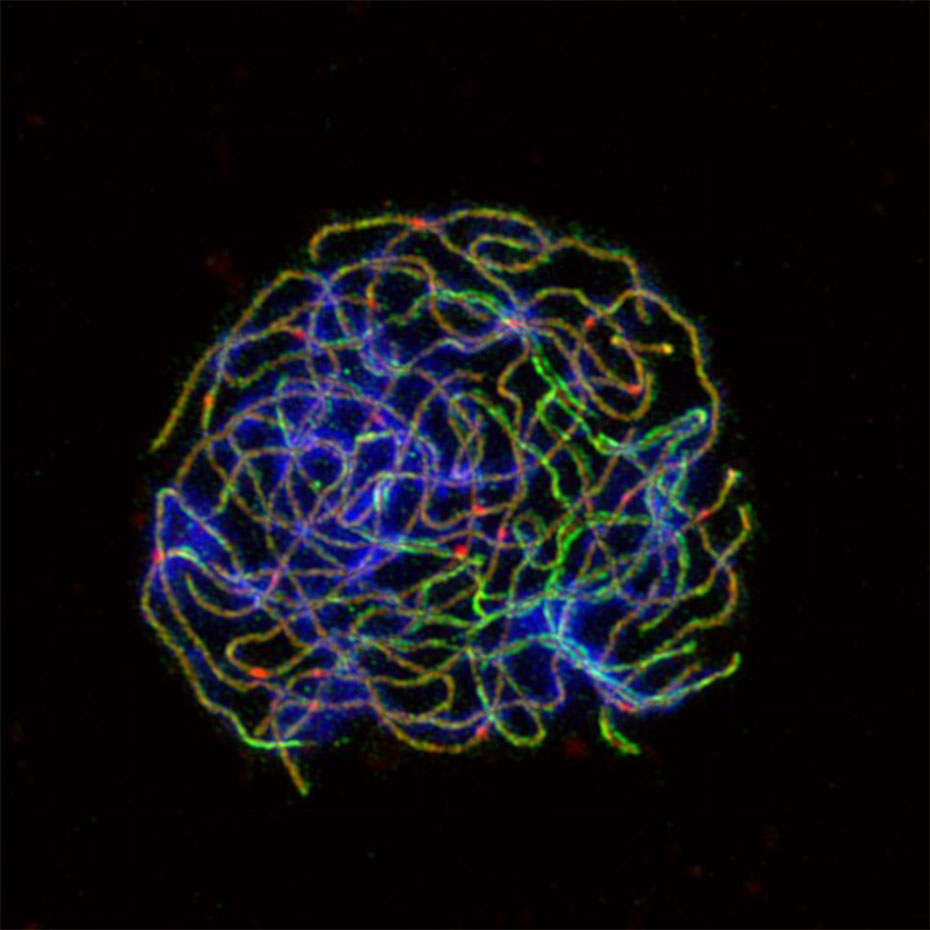A winding road of adaptive evolution to polyploid chromosome segregation
How can organisms evolve to segregate additional chromosome copies when they have been optimized over eons to segregate pairs of homologs in meiosis? A study from the Bomblies lab (IMPB, DBIOL) investigates the molecular basis of multigenic adaptation to polyploidy in Arabidopsis arenosa.

A sudden and dramatic change in organismal biology can arise from genome duplication, which results in polyploidy. Polyploidy occurs in all branches of eukaryotic life, but is especially common in plants. It is associated with adaptation and diversity, as well high stress resilience, and thus is of strong interest not only in fundamental biology, but also in agriculture as a potential “magic bullet” breeding tool.
When they first form, polyploids face a number of challenges, not least of which is that there are suddenly twice the number of chromosomes (or more), which can cause problems in meiotic chromosome segregation that lead to reduced fertility.
The Bomblies lab has been studying how polyploids stabilize meiosis over evolutionary time using Arabidopsis arenosa, a European endemic with both a diploid form and a tetraploid form. The latter has four instead of the normal two copies of each chromosome. This work presents a characterization of the meiotic cohesin component REC8, which is encoded by one of eight meiosis genes showing strong signs of selection in the tetraploid. The study also examines genetic interactions of REC8 with two other genes that were also under selection in the tetraploid, helping us understand the nature of this multigenic adaptation.
The at-times complex interactions uncovered provide insights into what seems to have been a sometimes-rocky path to multigenic adaptation of meiosis.
Link to the paper in "external page PLoS Genetics".